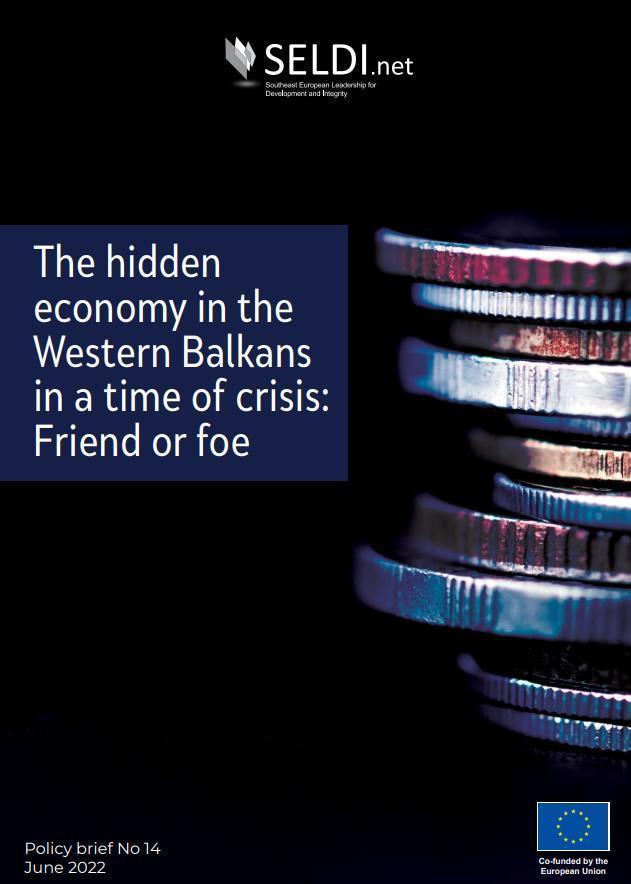The hidden economy is closely linked to corruption. Empirical studies show that they fuel each other – a one-point rise in the index of corruption is associated with an increase in the level of hidden economy (in percent of GDP) by 0.253% points. The current policy brief underlines that the COVID-19 pandemic created further opportunities for abuses of labour rights and short-term financial support schemes. The post-pandemic recovery of 2021 was quickly dampened, by rising energy and food prices and the war in Ukraine. As a result, there are considerable risks for backsliding in key governance reforms, despite the adoption of new strategies, programmes and measures aimed at tackling different forms of informality after 2020.
According to SELDI’s Hidden Economy Monitoring System, the prevalence of hidden practices continues to be high in the region. The 2022 Hidden Employment Index for the six Western Balkan countries ranges between 36% (in Montenegro) and 76% (in Kosovo*). Compared to the 2019 values, the situation improved in Kosovo*, Albania, Serbia and Montenegro, while a notable backslide is observed in Bosnia and Herzegovina, and in North Macedonia. Governments in the region have undertaken a lot of different measures to tackle informality, ranging from dedicated initiatives to more general structural reforms within the framework of EU accession. Yet, the lack of unequivocal long-term political commitment to EU accession and related reforms across the region, makes sustainable progress on informality difficult.







